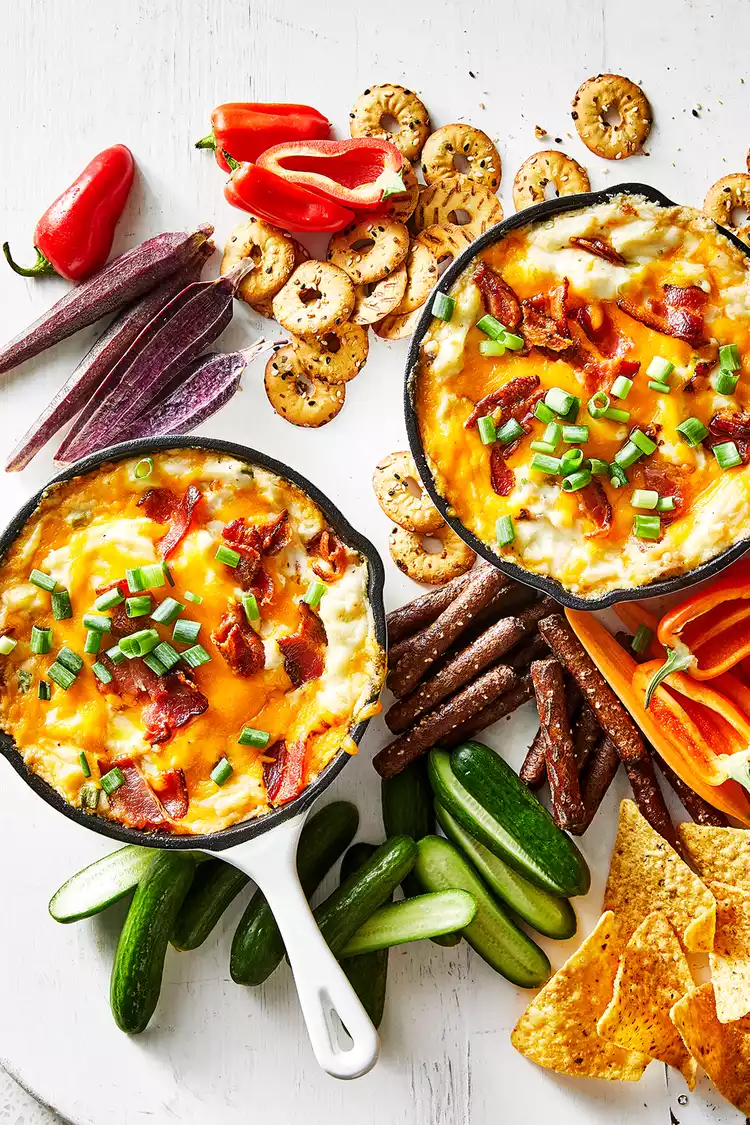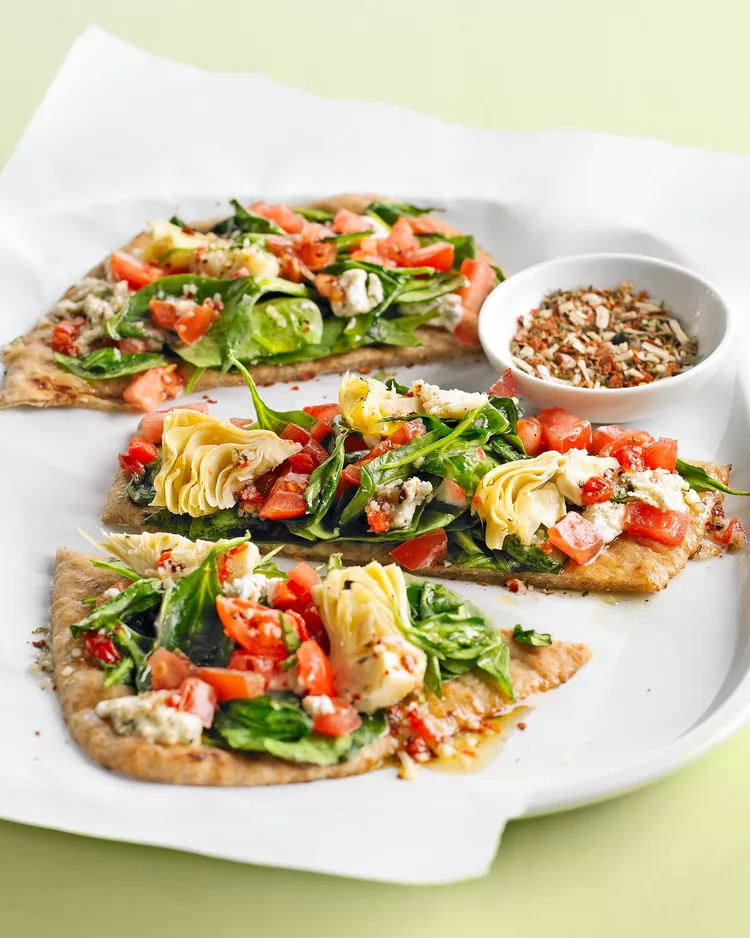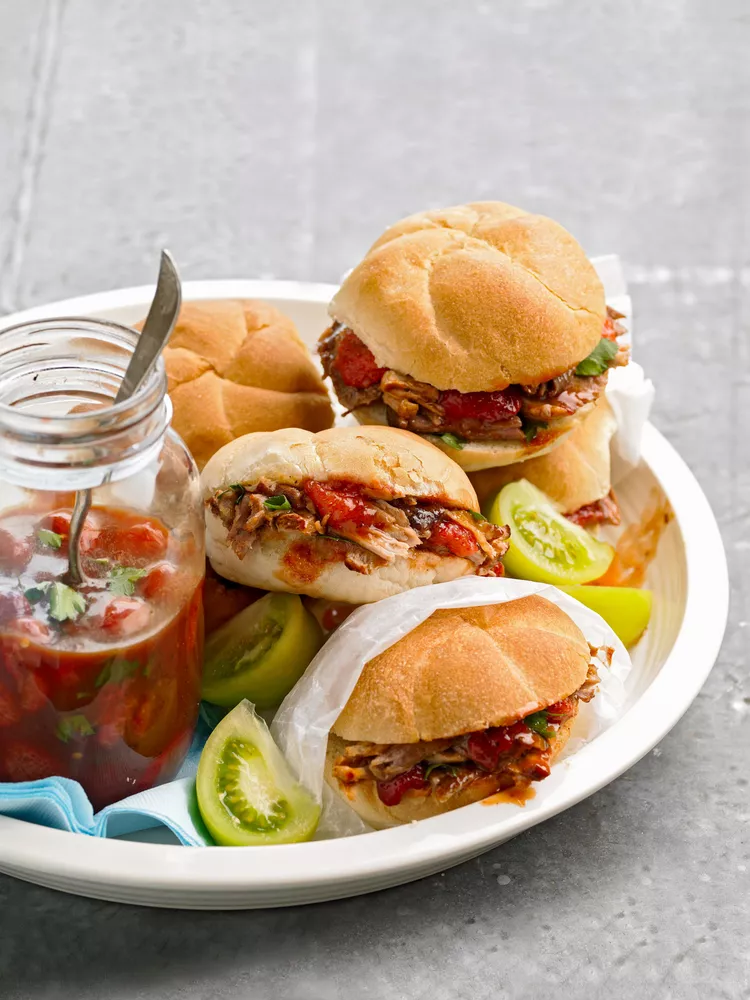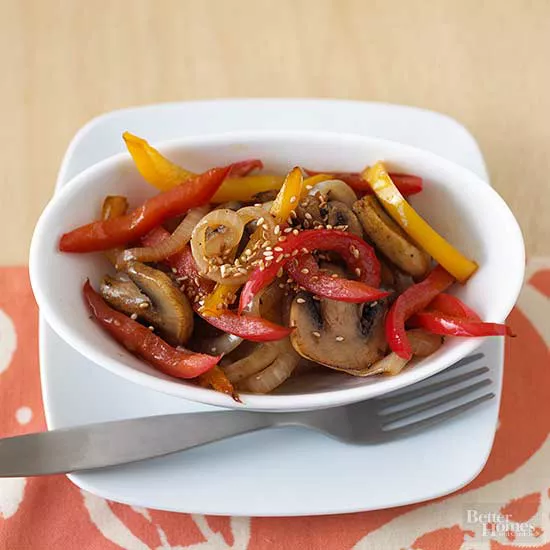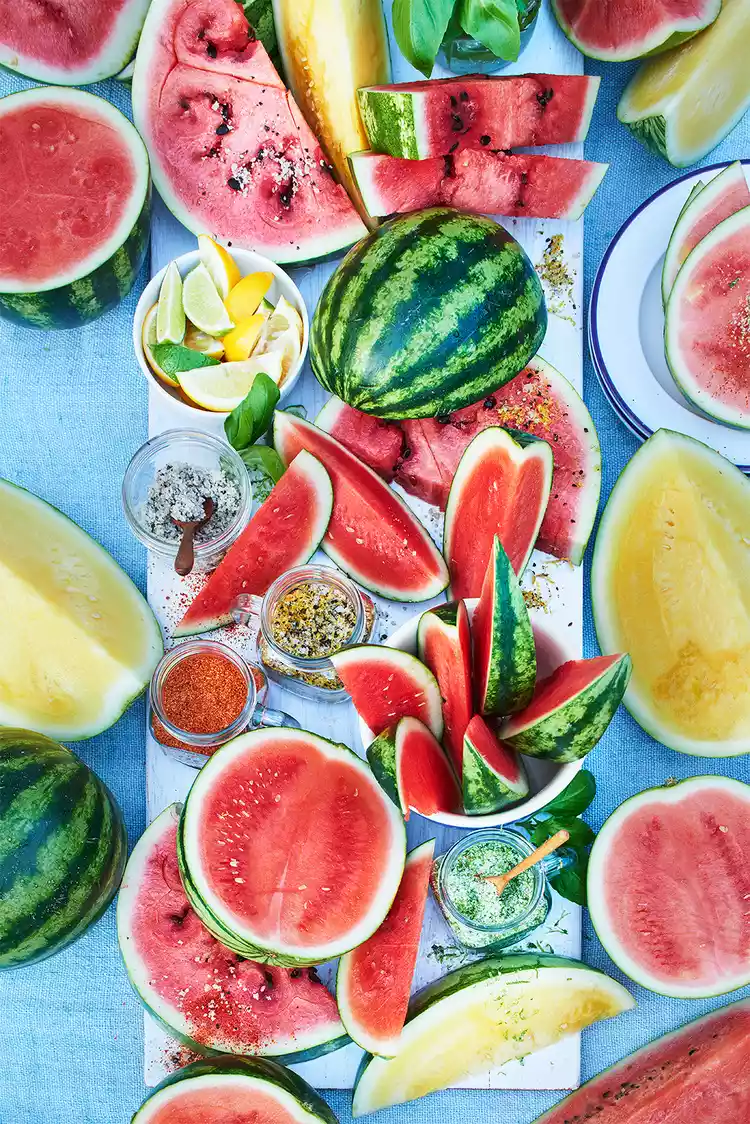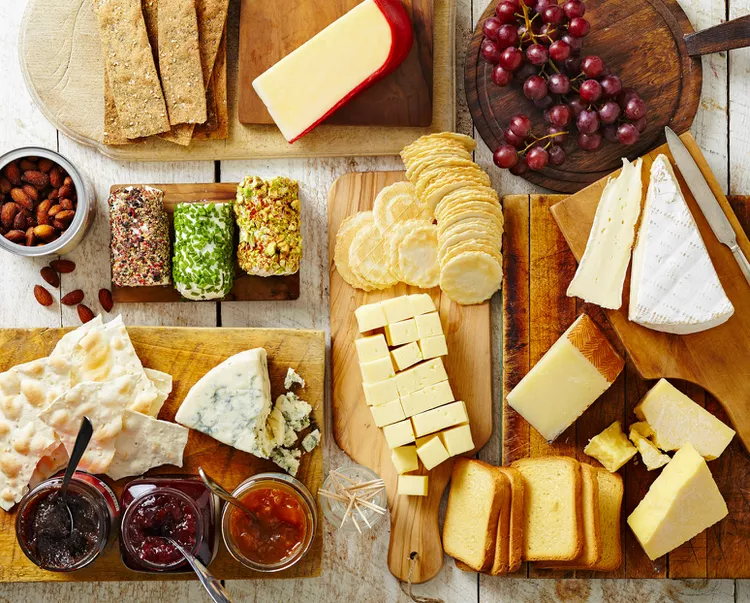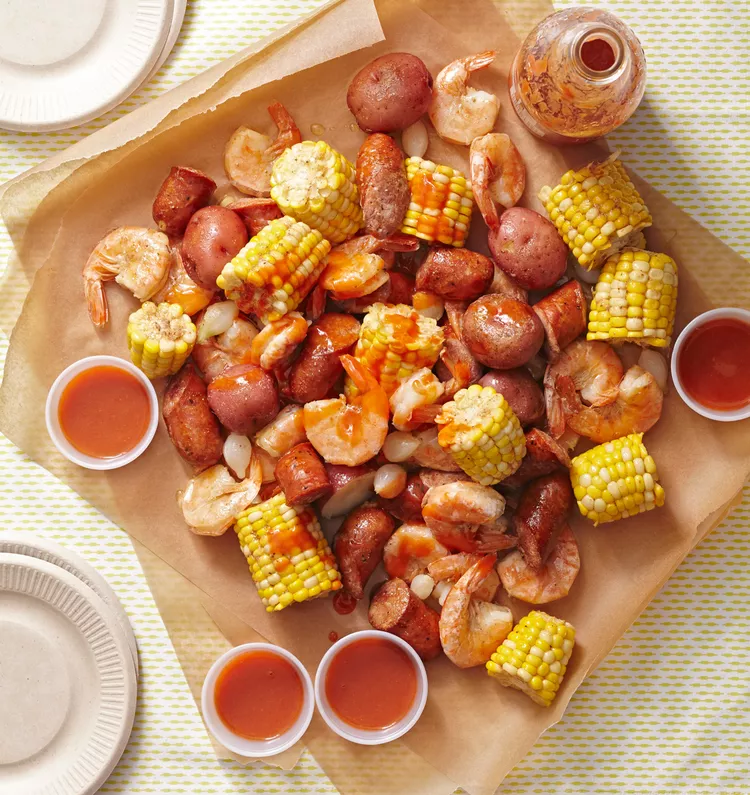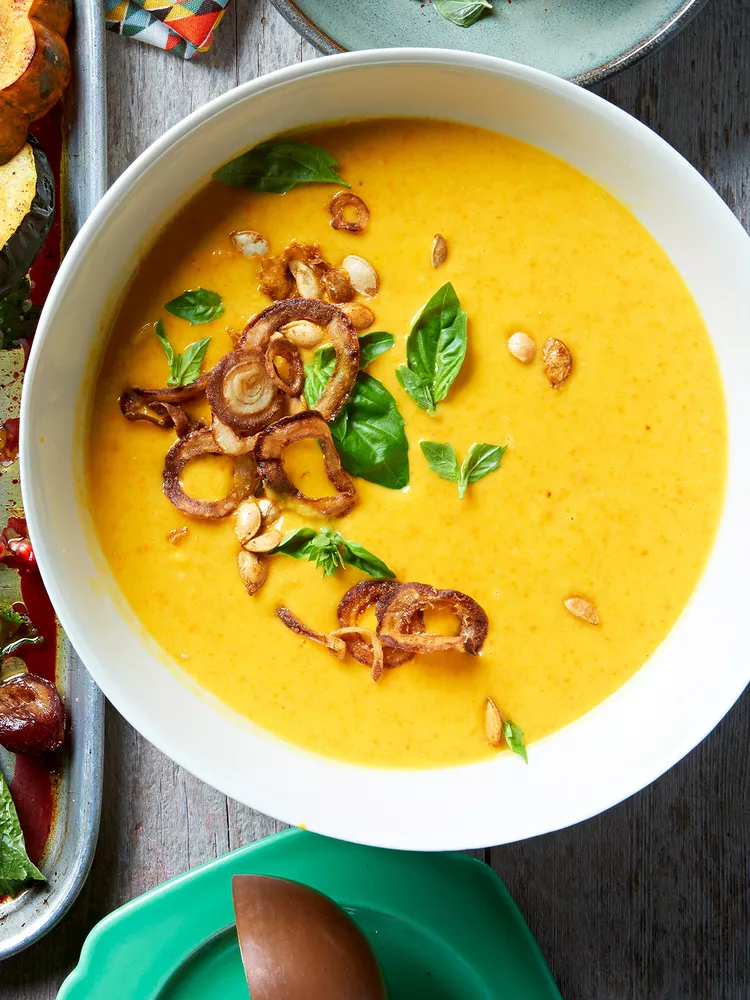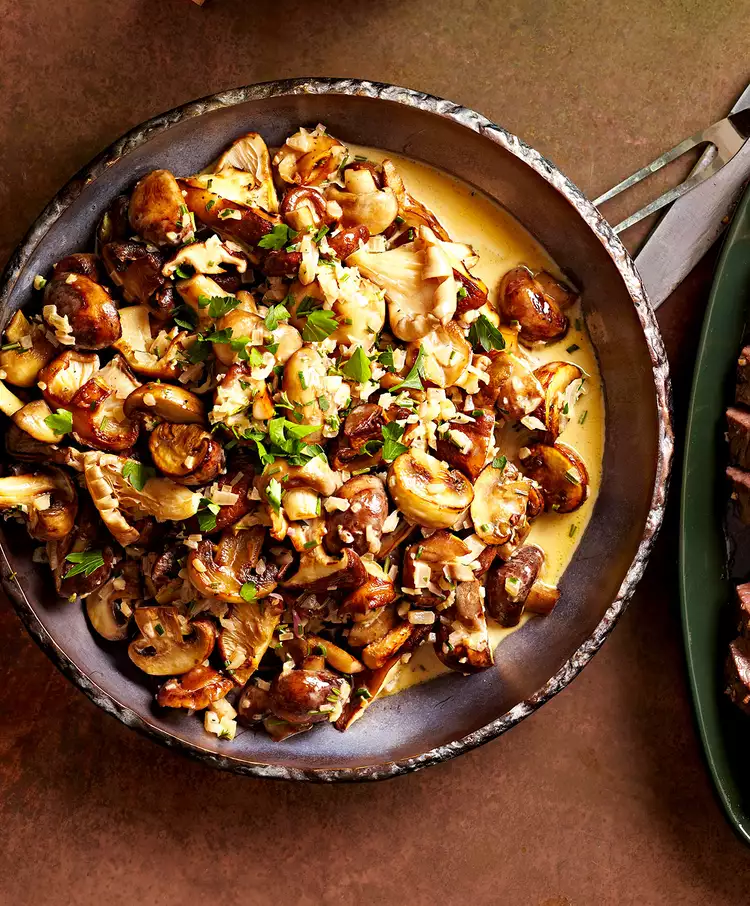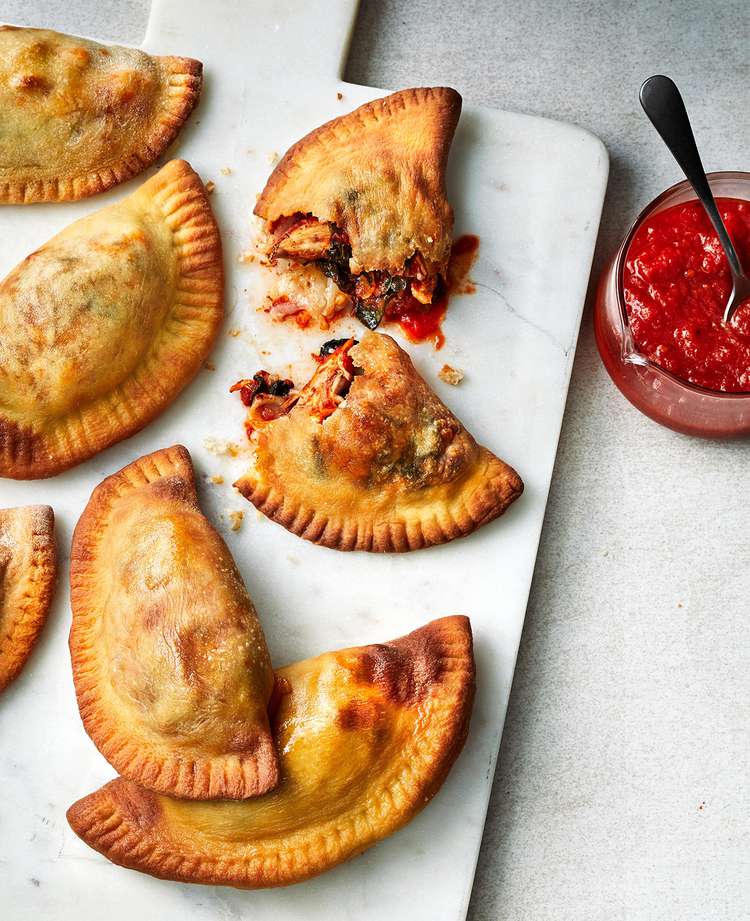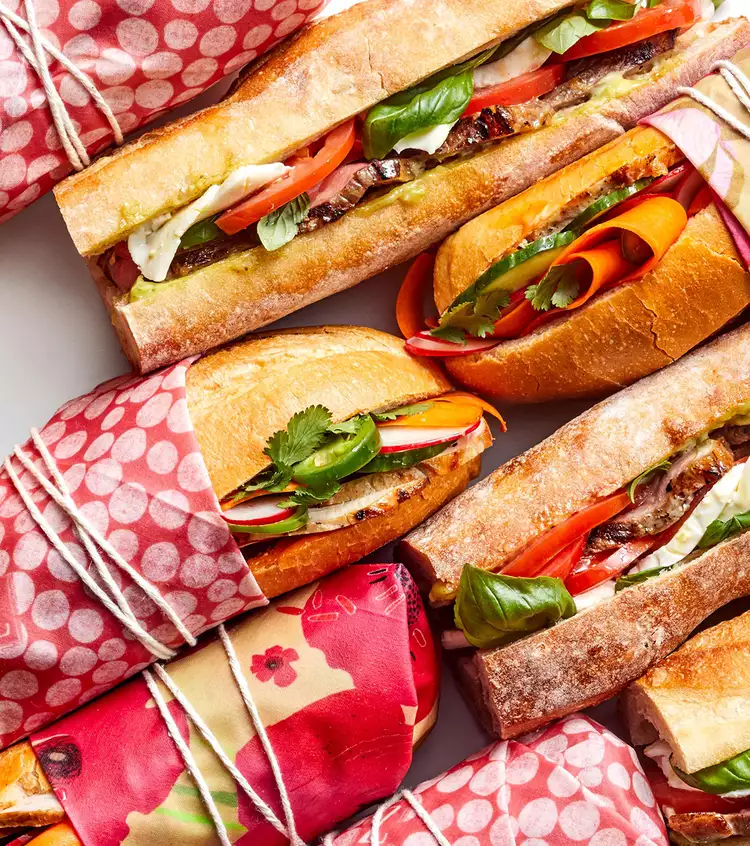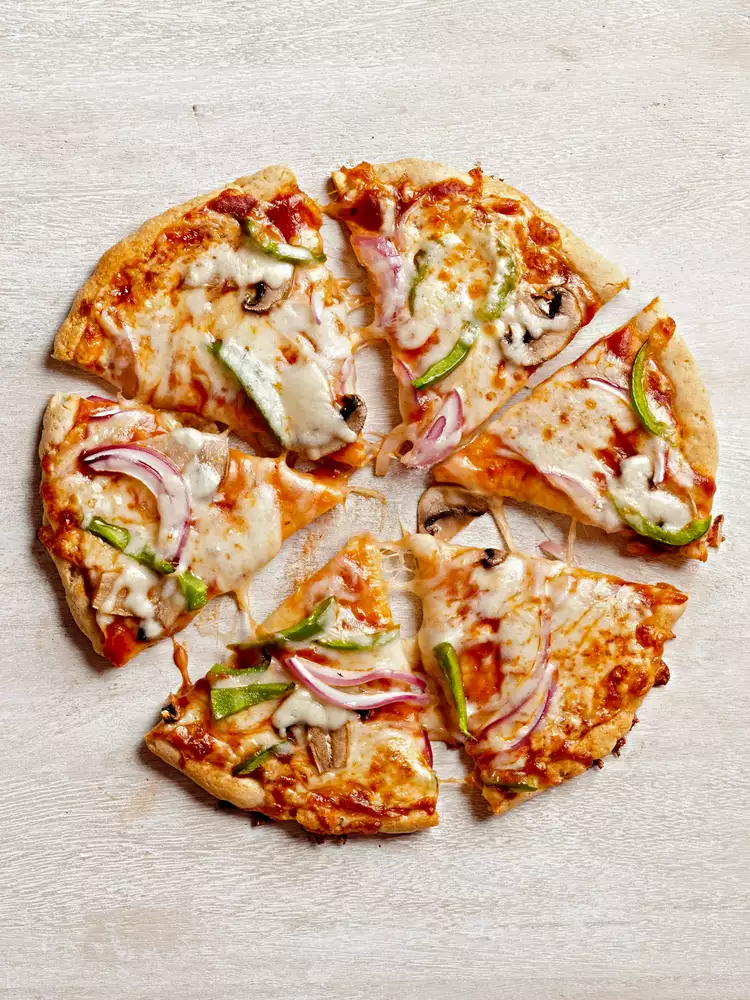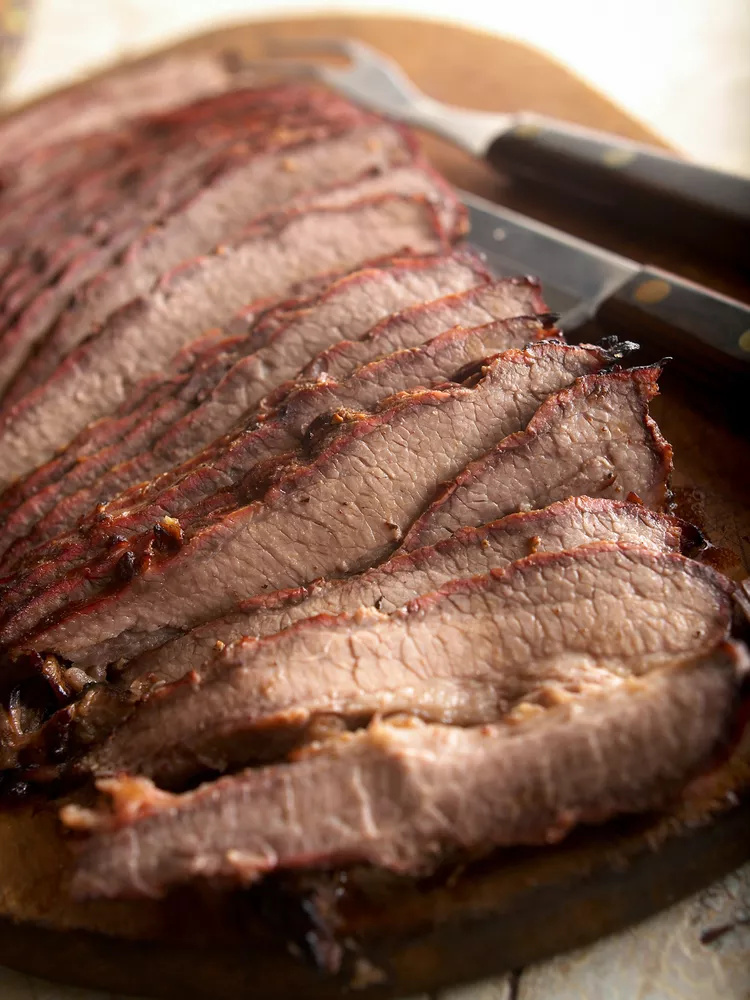In the past decade, it seems like nearly anything could be “meat” if we set our minds to it. Mushrooms? Most definitely. Jackfruit? Just heat, stir, and add sauce. Voila: “Pork.” Cabbage and cauliflower steaks are now mainstays on many restaurant menus across the country. And of course we can’t forget about plant-based meat alternatives.
But plenty of Americans are still eating their fair share of beef, pork, chicken, and turkey, and a substantial quantity of that meat falls under a specific umbrella: processed meat. About 22 percent of total U.S. meat consumption is processed meat, according to research published in the journal Public Health Nutrition.
What is processed meat, exactly, and what makes it different? We asked dietitians and the USDA to help us answer what processed meat is and to break down the pros and cons—including if it can be part of a healthy diet.
- Mackenzie Burgess, RDN, a Denver-based registered dietitian nutritionist and recipe developer at Cheerful Choices
- Frances Largeman-Roth, RDN, a Dobbs Ferry, New York-based registered dietitian nutritionist and author of Everyday Snack Tray
What Is Processed Meat?
Technically speaking, “processed” foods are any items that are not raw agricultural products. A spokesperson for the USDA’s Food Safety and Inspection Service (FSIS) confirms to BHG that “processed” is very broad in scope.
“Processed foods considered are anything that’s ‘changed from its natural state.’ Most foods we consume are processed in some way, but this isn’t necessarily a bad thing,” says Mackenzie Burgess, RDN, a Denver-based registered dietitian nutritionist and recipe developer at Cheerful Choices.
Processed meat doesn’t have a standard definition, however, colloquially, “processed meat” refers to an animal protein that “has something done to it to flavor or preserve it,” explains Frances Largeman-Roth, RDN, a Dobbs Ferry, New York-based registered dietitian nutritionist and author of Everyday Snack Tray. “This can include adding seasonings, smoking, curing, canning, dehydrating, and salting.”
Examples of processed meats include:
Animal protein that’s broken down into parts (say, chicken breasts and chicken thighs) or ground up (such as ground beef or turkey) is being processed into a different format, true. But these products aren’t generally considered "processed" unless other ingredients are integrated to preserve or flavor the meat.
The Benefits of Processed Meat
All meat is a source of protein and essential vitamins and minerals, including iron and vitamin B12, Burgess explains.
Processed meats in particular are a “pro” because of:
- Price. They’re almost always more budget-friendly than prime cuts of meat, “making them accessible to more people,” according to Burgess.
- Food safety. Some kinds of processed meats are cooked as part of their processing, including jerky and deli meat. With these products, you won’t have the risk of cross-contamination as you would with something like raw turkey or steak. Opting for pre-cooked processed meats means that it will be quicker and easier to prepare a high-protein meal, too.
- Lifespan. Many meat processes aim to extend shelf life and reduce food waste, which helps food remain fresher longer, Burgess adds. For context, when stored in a cool, dry place, canned chicken will last for at least 1 year, the USDA says. Raw meat and poultry should be cooked within 2 days and cooked meat and poultry should be consumed or frozen no later than 4 days after that, the USDA advises.
- Flavor. Adding salt and other seasonings can enhance the flavor, Burgess and Largeman-Roth agree, making it more enticing to consume. Burgess asks, “After all, food is only nutritious if it's actually eaten, right?”
- Versatility. From sandwiches and skillet dinners to holiday sides and breakfast scrambles, processed meats can be incorporated into a wide variety of meals and snacks.
The Drawbacks of Processed Meat
Speaking of nutrition, that’s the huge “con” of processed meats. In 2014, the World Health Organization’s (WHO) International Agency for Research on Cancer, evaluated both red meat and processed meat for their potential association to certain types of cancer.
“This recommendation was based on epidemiological studies suggesting that small increases in the risk of several cancers may be associated with high consumption of red meat or processed meat,” the WHO explains. “Although these risks are small, they could be important for public health because many people worldwide eat meat.”
Since that’s the case, processed meat was classified as a “group 1 carcinogen,” which means that there is sufficient evidence that it may play a role in increasing risk for at least one type of cancer. Other examples of group 1 carcinogens include alcohol, UV rays, and air pollution.
“Evidence shows that even small amounts of processed meat eaten regularly increase the risk of colorectal cancer. Processed meats pose a greater risk of colorectal cancer than red meat that is unprocessed,” according to the American Institute for Cancer Research. This is believed to be the case because of the nitrates and nitrates that many processed meat products include. (These are added to processed meats including pepperoni, sausage, bacon, and deli meat to keep them fresh longer.)
Beyond the possible cancer relationship, “processed meats have been linked with higher rates of diabetes and heart disease,” Largeman-Roth says, which is likely due to the fact that many processed meats are high in sodium and saturated fat.
How to Incorporate Processed Meat into a Healthy Diet (If You Choose To)
Similar to driving or riding in a car, flying in a plane, or sipping a glass of wine with dinner a few times each week, eating processed meat is a calculated risk. Just like we wouldn’t tell you never to get in a car again if that’s your ideal way to get from point A to point B, “it’s fine to enjoy processed meat a few times a month, especially if you’re balancing those meals out with other meals that are loaded with fresh produce,” Largeman-Roth says, alongside whole grains, nuts, seeds, beans, and legumes.
Moderation is key: Research suggests that the more processed meat you eat, the higher your risk for potential health challenges.
When choosing processed meats, Burgess suggests opting for products with the following features, if possible:
- Ingredients you can pronounce
- Sodium content below 350 milligrams
- Nitrate- and nitrate-free (these preservatives help prevent the growth of foodborne illness-causing bacteria, but high consumption of them in an additive form may be detrimental to health)
Largeman-Roth and Burgess are well-versed in the benefits and drawbacks of processed meat, and they both confirm that processed meat still has a place on their menus.
Largeman-Roth “loves hot dogs,” especially during summer, and from time to time, she eats bacon and deli meat that’s “raised humanely, without growth hormones or chemical nitrates or phosphates. Applegate is our go-to!”
Burgess adds that she doesn’t eat processed meat every day, “but I’m definitely an ‘all foods fit’ kind of dietitian. I love having them occasionally, like a hot dog at a summer barbecue or bacon served at Sunday brunch,” she says. “More regularly, I try to focus on filling my plate with plants first. Then, I try to turn to protein options like canned beans, chicken breast, steamed edamame, salmon filets, lean ground beef, or a plant-based ground [she digs Beyond] with ingredients and nutrients I feel good about.”
If you, too, would like to incorporate processed meats as part of your meal plan, consider a well-balanced, produce-infused option like our 20-minute Tomato and Prosciutto Tartines, this crowd-pleasing Flatbread with Balsamic Greens and Prosciutto, or our family-friendly Chicken and Asparagus Skillet Supper.
“I can see why people are confused about processed meat,” Largeman-Roth concludes. “While these foods shouldn’t be consumed daily, enjoying them every once and a while is probably fine.”

